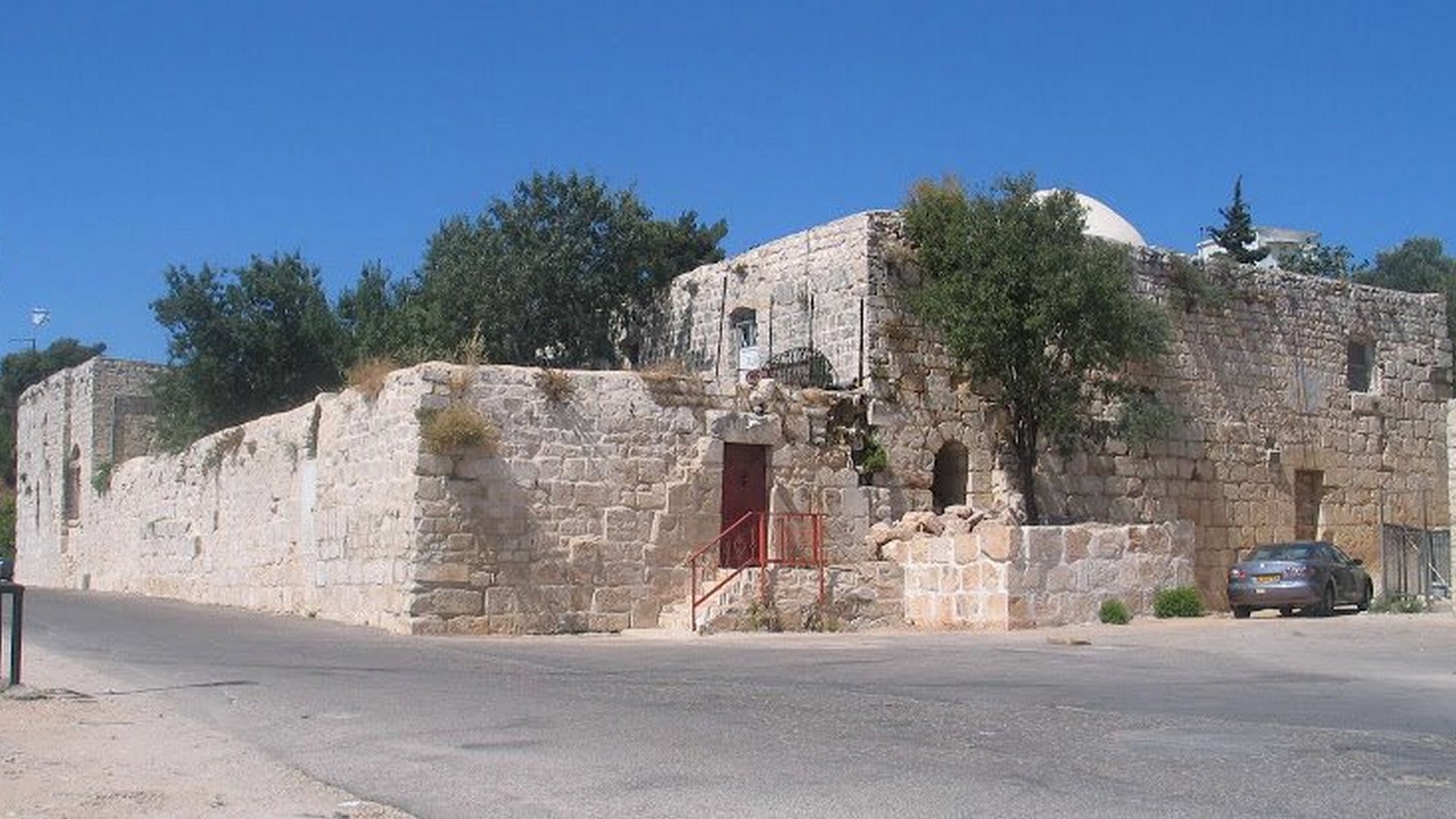Description
Property Name: Red Mosque, Safed
Inventory No: 972-2-32
Date of infill of the inventory form: 2020-08-28
Country (State party): Palestine
Province: Safed
Town: Al Wouta
Geographic coordinates: 32°57’46.37″N
35°29’40.68″E
Historic Period: Mamluk
Year of Construction: 1275
Style: Mamluk
Original Use: Mosque
Current Use: Jewish bar and nightclub
Architect: Unknown
Significance
Al-Zahir Baybars ordered the construction of this mosque in AH 674 / AD 1275. This mosque was the first house of knowledge in the city. The monument got its name from its polished red stones. It is a historical mosque, with Mamluk architectural and artistic works, including muqarnas, are featured in its entrance. It was historically distinguished by its various distinct decorations in the pulpit and mihrab and the distinctive marble accents. This mosque was built in the form of huge castles, as it is surrounded by walls seven meters high. It is in the form of a rectangle 40.5 meters long and 28.5 wide. Its gate is located in the middle of the northern wall, about 3 meters wide and 7.20 long. It is one of four mosques and three churches in the city that has remained closed since the Nakba and has turned into a dance bar.
Selection Criteria
i. to exhibit an important interchange of human values, over a span of time or within a cultural area of the world, on developments in architecture or technology, monumental arts, town-planning or landscape design
ii. to bear a unique or at least exceptional testimony to a cultural tradition or to a civilization which is living or which has disappeared
vi. to be directly or tangibly associated with events or living traditions, with ideas, or with beliefs, with artistic and literary works of outstanding universal significance
State of Preservation
It was maintained and restored after the strong earthquake that struck the city in 1840 and most of its buildings were left. Today the mosque is neglected, its main door and windows were removed, and the plaster fell off its walls, and there was an inscription above the mosque’s mihrab. This inscription was destroyed and inscribed on the same stone, the “Ten Commandments” in the Hebrew language.
References
Yusuf, Faraj Allah Ahmad. 2011. Mosques of Palestine: under the Zionist occupation. Dar Al-Qalam, 2011.
Web sources
Encyclopedia of Archeology in Syria website: http://arab-ency.com.sy/
The Palestinian Encyclopedia website: https://www.palestinapedia.net/


